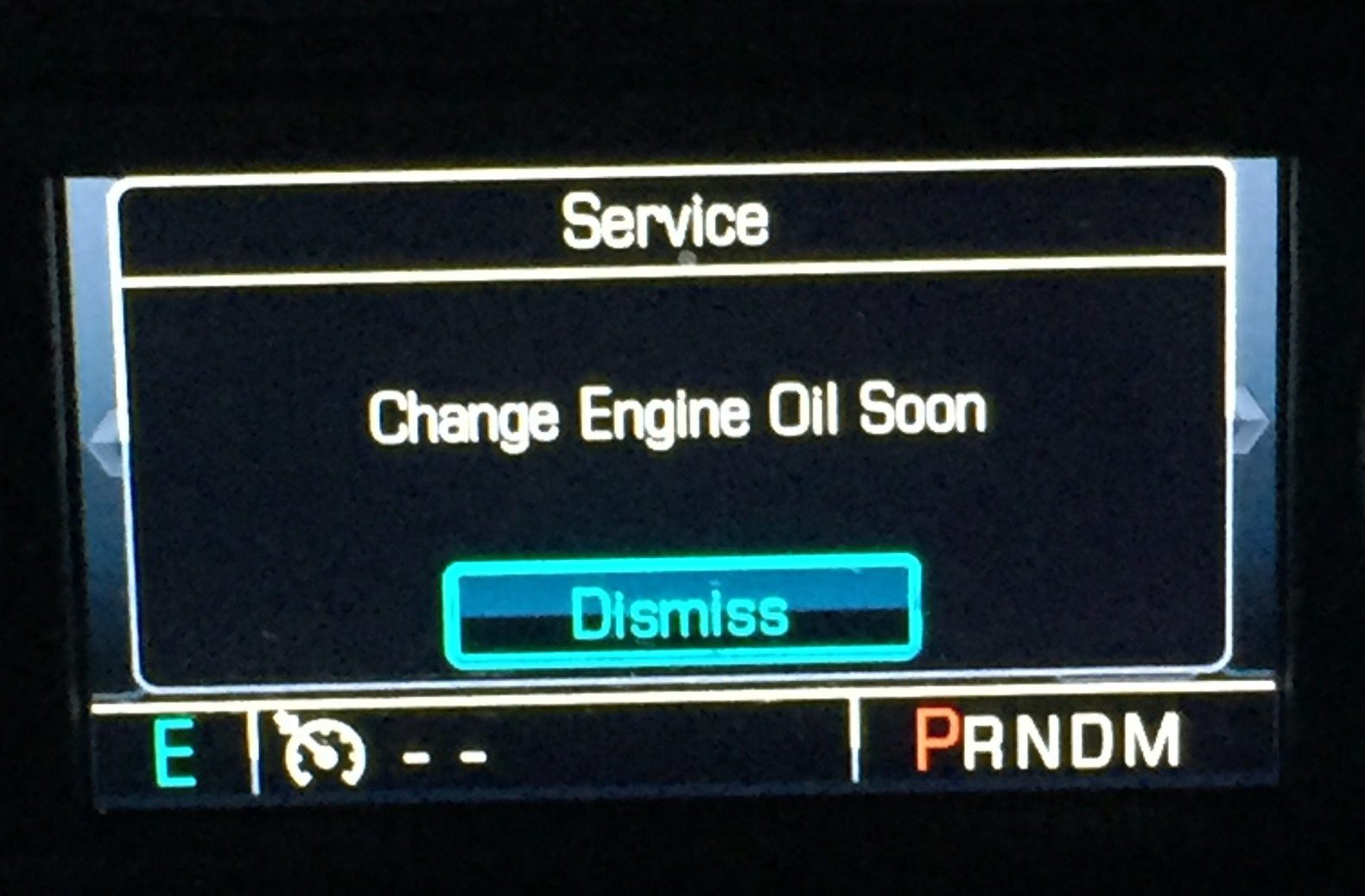Oil Life Monitors – Everything You Need To Know
For the past couple months, every time I start my truck I hear an annoying “ding” followed by an equaling annoying message saying “Change Engine Oil Soon.” I know what you’re thinking – you’d better change your oil! My oil life monitor agrees. Although it’s been begging me to change my oil, it does not know that I use AMSOIL 0W-20 Signature Series Synthetic Motor Oil in my truck. The oil is guaranteed for up to 25,000 miles/one year, so I know it’s still good.
Similarly, a few months ago I changed oil in my grandma’s car after she’d gone to a quick lube that starts with a “V” and ends with an “alvoline” and they filled the crankcase to the brim. That was quite an event – oil all over the garage. Since then, her oil life monitor has dropped to five percent and she was concerned the car was going to blow up.
Last night I changed her oil again before the time expired to keep her mind at ease. I then explained oil life monitors and what they do.
So, what do oil life monitors track?
Despite my annoyance with the oil life monitor, it is neat technology. Not long ago, people changed oil every 3,000 miles. No matter what. No questions asked. If you surpassed 3,000 miles, it was like you were running on an empty tank of gas.
Oil life monitors can track climate, driving habits and other conditions. They use an algorithm that calculates mileage, idle time, engine temperatures, trip times, engine loads, and ignition starts and stops. The algorithm then establishes an oil change interval as low as 3,000 miles and all the way up to 12,000 miles, depending on severity of conditions. Typically, they establish intervals in the 5,000-7,000 mile range.
Here is a real-world example: Say you start your car 30 minutes before you leave the house because it’s -30?F outside and you like to get in a warm car. Then you drive about 15 minutes to work. These conditions will lead to a shorter oil change interval since increased idle time, cold temperatures and frequent short trips deteriorate oil faster than “normal” operating conditions.
Oil life monitors are very advanced compared to the universal 3,000-mile oil change from years ago. However, there are some gaps in the technology.
Here are a few things oil life monitors don’t track:
- Level – oil life monitors don’t keep track of the amount of oil in your engine. However, if you completely run out of oil, hopefully your oil pressure light will illuminate before your engine fails. Normally, automakers recommend checking your oil level every time you get gas. If you do, you’re far more disciplined than I.
- Oil Quality – Oil life monitors have no ability to measure oil quality. They can’t distinguish between, for example, AMSOIL Signature Series Synthetic Motor Oil and vegetable oil (do not try that at home). That’s why my oil life monitor triggers even though the oil in my engine still has thousands of miles to go before requiring a change.
- Oil Analysis – oil life monitors cannot tell you that there are 1,000 ppm of wear metal in your oil. Only oil analysis can do that. If you have not tried it, I highly recommend it. Oil analysis can give insight into many different aspects of your vehicle.
How to reset your oil life monitor
This is the biggest question surrounding oil life monitors. Consult your owner’s manual or YouTube for directions. I have found that searching the year, make, model and “oil monitor reset” yields great instructions.
Why are oil life monitors necessary?
Despite their shortcomings, oil life monitors offer a better alternative to the 3,000-mile oil change, which reduces the waste of perfectly usable motor oil. Oil life monitors also act as a safeguard against driving too long without an oil change in severe service. Many motorists may not realize that they subject their vehicles to extended idle times or frequent short trips, which can expose the engine to wear if you don’t keep on top of oil changes.
I hope the future holds even more improvements in oil life monitors to further reduce the waste of quality oil.







